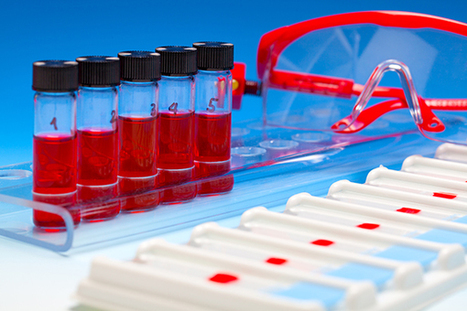In recent years we’ve seen the power of analyzing cell-free DNA to diagnose and track the progression of cancer. Yet, using this technology as a diagnostic tool for infectious diseases required scientists to overcome numerous hurdles. For instance, a common problem in diagnosing infectious disease is that the presence of a potential pathogen in the body does not necessarily mean the patient is sick. This scenario can be particularly challenging when treating organ transplant recipients, who often grapple with infection as well as complications related to immunosuppression.
Now, a new study by investigators at Cornell University describes a technique to identify viruses and bacteria in the human body and quantify injuries to organs by using dead fragments of DNA, called cell-free DNA, that roam throughout the bloodstream and urine. Findings from the new study were published recently in PNAS. The resulting test is simple, fast, low cost, and generalizable enough to identify thousands of bacteria and viruses.
“This really came about through collaboration with clinicians who explained to us this common problem in infectious disease diagnosis,” explained senior study investigator Iwijn De Vlaminck, PhD, a professor in the Meinig School of Biomedical Engineering at Cornell. “So, we developed an assay that would simultaneously inform us about the presence or absence of a wide range of pathogens, but at the same time would also tell us about the injury of different host tissues. The combined information enables us to more definitively say whether a person is dealing with disease or not.” In the current study, the researchers used high-throughput DNA sequencing to identify any microorganisms that were present in clinical samples and distinguish them from the host DNA via bisulfite sequencing, a process in which the cell-free DNA is treated with salt to reveal methylation marks. These marks helped the researchers trace the cell-free DNA’s tissues of origin and measure the degree of injury to different host tissues.
Study co-author Manikkam Suthanthiran, MD, chief of nephrology, hypertension, and transplantation medicine at Cornell added that “transplant recipients, because of the lifelong drug therapy needed to protect their transplanted organs, are ever at risk for infection-related complications. A precise test that informs not only the presence of infectious agents but also the presence or absence of tissue injury is a major step toward personalizing therapy and making organ transplantation safer.” Interestingly, the test was especially helpful in diagnosing damage due to BK polyomavirus (BKV) infection. While 25–30% of kidney transplant recipients have the virus in their blood or urine, only 5% experience nephropathy, or kidney disease, from the virus. “In this investigation, we were able to demonstrate that the kidney-specific urine cell-free DNA is higher in individuals with BKV nephropathy as compared to those with BKV replication alone and those with no BKV replication, suggesting a role for this assay to monitor kidney damage in the face of active viral replication and infection,” concluded co-senior study investigator Darshana Dadhania, MD, associate professor of medicine at Weill Cornell Medicine and a nephrologist at NewYork-Presbyterian/Weill Cornell Medical Center said. “This is particularly important because there is no specific therapy for active BKV replication.”
Original findings published on August 5, 2019 in P.N.A.S.:
https://doi.org/10.1073/pnas.1906320116



 Your new post is loading...
Your new post is loading...







